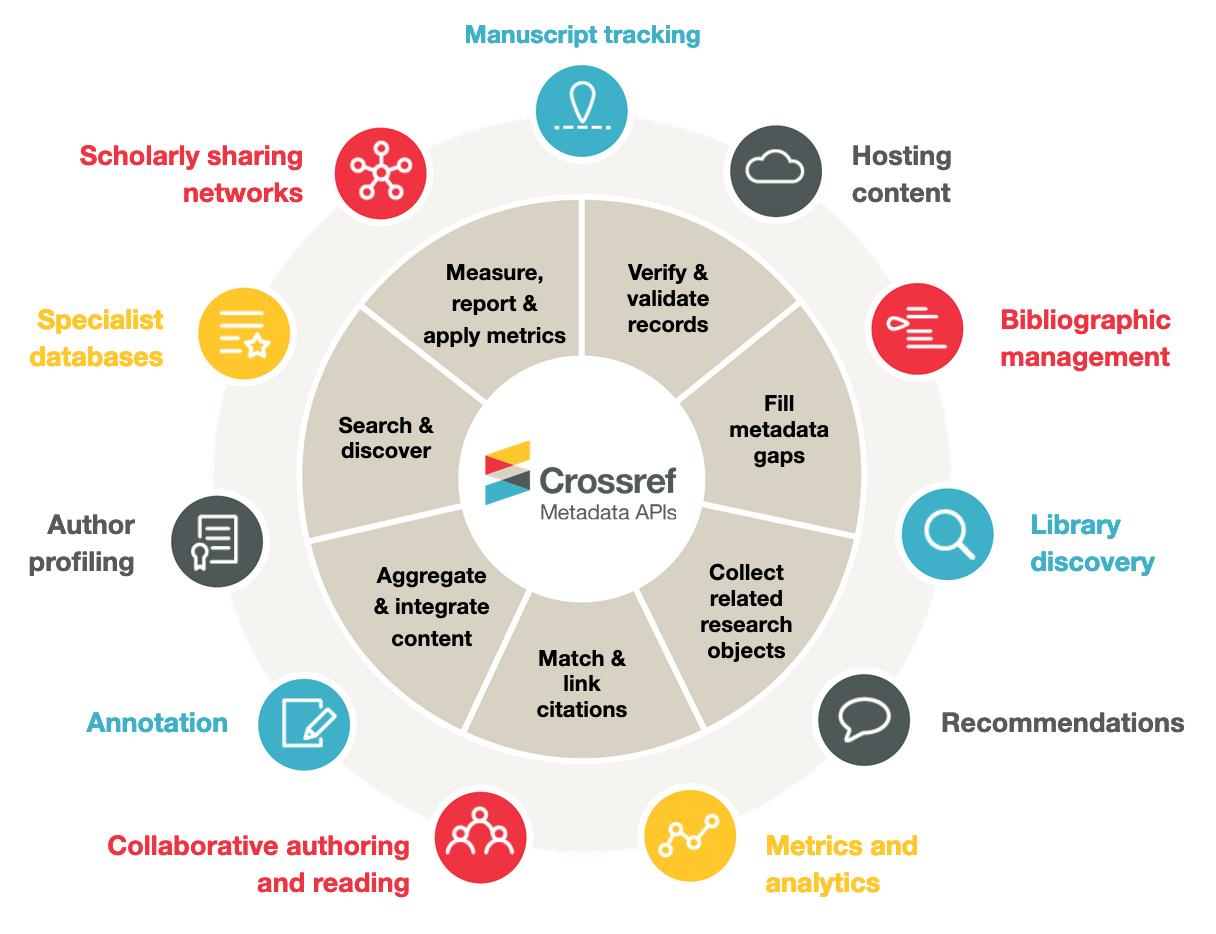Retroneumoperitoneum, pneumoperitoneum, pneumomediastinum, pneumothorax and subcutaneous emphysema following ERCP: a case report.
Retroneumoperitoneum, pneumoperitoneum, pneumomediastinum, pneumothorax
Keywords:
ERCP, duodenal perforation, retropneumoperitoneum, pneumoperitoneum, pneumomediastinum, pneumothoraxAbstract
Endoscopic retrograde cholangiopancreatography (ERCP) is an invasive technique for pathologies of the biliary and pancreatic tree, although it is a method with many benefits, it is not free of complications, being duodenal perforation of paramount importance due to its high mortality rate. The early diagnosis of this iatrogenic lesion, determined by the clinical picture and the evaluation of imaging methods, will determine the early and adequate treatment of this complication. The clinical picture of a patient with a history of cholecystectomy presenting pain in the right hypochondrium, biliary tract dilatation and alteration of liver function tests with obstructive pattern is presented. With the suspicion of obstructive pathology of the biliary tract, ERCP was performed. After this procedure, the patient presented multiple signs of extraluminal free air (retropneumoperitoneum, pneumoperitoneum, pneumomediastinum, pneumothorax and subcutaneous emphysema), so an emergency exploratory laparotomy was performed, confirming the presence of duodenal perforation.
Translated with www.DeepL.com/Translator (free version)
Metrics
References
Morgan KA, Fontenot BB, Ruddy JM, Mickey S, Adams DB. Endoscopic retrograde cholangio-pancreatography gut perforations: when to wait! When to operate! The American Surgeon. 2009; 75(6): 477-83.
Wu HM, Dixon E, May GR, Sutherland FR. Management of perforation after endoscopic retrograde cholangiopancreatography (ERCP): a population-based review. HPB. 2006; 8(5): 393-9.
Fatima J, Baron TH, Topazian MD, Houghton SG, Iqbal CW, Ott BJ, et al. Pancreaticobiliary and duodenal perforations after periampullary endoscopic procedures: diagnosis and management. Archives of Surgery. 2007; 142(5): 448-54.
Brante Pb, Alamo Ma, Fluxa Fg, Silva Jch, Ramirez Xd. Colangiografia Retrograda Endoscopica, Revista Chilena De Cirugía 2002; 54:76 - 8.
Song Sy, Lee Ks, Na Kj, AhnBh. Tension Pneumothorax After Endoscopic Retrograde Pancreato-Cholangiogram. J Korean Med Sci. 2009;24(1):173-5
Markogiannakis H, Toutouzas Kg, Pararasnv, Et Al. Bilateral Pneumothorax Following Endoscopic Retrograde Cholangiopancreatography: A Case Report Endoscopy 2007; 39 (Suppl 1):E195.
Stapfer M, Selby Rr, Stain Sc, Et Al. Management Of Duodenal Perforation After Endoscopic Retrograde Cholangiopancreatography And Sphincterotomy. Ann Surg 2000;232:191-8.
Roh JJ, Thompson JS, Harned RK, Hodgson PE. Value of pneumoperitoneum in the diagnosis of visceral perforation.Am J Surg. 1983 Dec; 146(6):830-3.
Ashwin K. H, Shashidhara T.M., Harish I, Sudhir B.V, et al. Prospective study of comparison between the ultrasonography with the plain radiography in the diagnosis of pneumoperitoneum of hollow viscus perforation. Int J Res Med Sci. 2014 Feb;2(1):154-159
Chen SC et al. Selective use of ultrasonography for the detection of pneumoperitoneum. Academic Emergency Medicine 2002: 9. No.6: 643-645.
Imuta M, Awai K, Nakayama Y, Murata Y, Asao C, Matsukawa T, et al. Multidetector CT findings suggesting a perforation site in the gastrointestinal tract: analysis in surgically confirmed 155 patients. Radiat Med 2007; 25:113-118
Grassi R, Romano S, Pinto A, Romano L. Gastro-duodenal perforations: conventional plain film, US and CT findings in 166 consecutive patients. Eur J Radiol. 2004 Apr; 50(1):30-6.
Downloads
Published
How to Cite
Issue
Section
License

This work is licensed under a Creative Commons Attribution-NonCommercial-ShareAlike 4.0 International License.

























